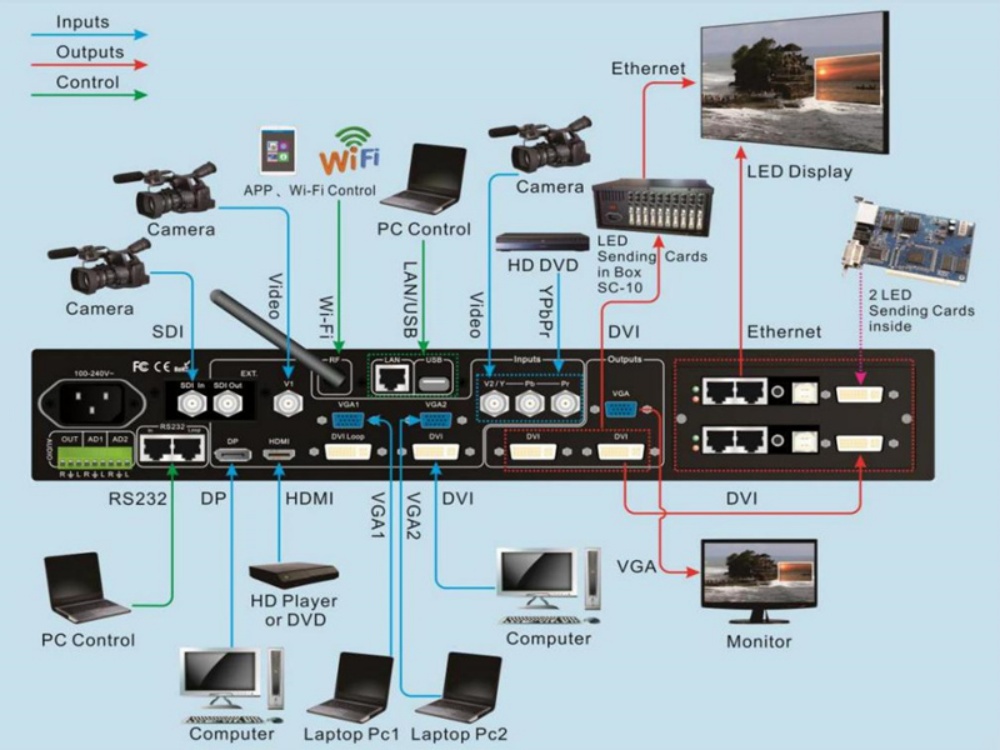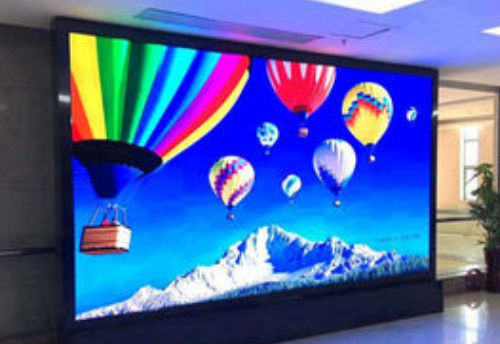LED Video Processor: Key Device for Display Screen
The LED video processor is a crucial device for display screens, and its quality directly affects the display effect of LED screens. So, do you know how the LED video processor works? Let Eclat introduce it to you.

1. Resolution Specification Conversion:
In general, image signal sources (such as Blu-ray DVDs, computers, HD players, etc.) provide signals with fixed resolutions (referencing standards like VESA, ITU, SMPTE, etc.). However, LED display screens, with modular splicing, allow for almost any resolution. The video processor converts various signal resolutions into the actual physical display resolution of the LED screen.
2. Color Space Conversion:
LED display screens have a wide color gamut, while most image signals have relatively small color spaces (such as NTSC). To ensure excellent image display on LED screens, color space conversion is necessary.
3. Bit Depth Enhancement:
Although the grayscale levels of current LED display screens have reached 16 bits or 17 bits, most input signal sources are only 8 bits. Therefore, with the arrival of the high-definition display era, the application of 10-bit or even 12-bit processing technology in video processors is becoming increasingly popular.
4. Scaling:
During the resolution specification conversion process, image scaling is required. Whether increasing or decreasing the resolution, scaling allows for the complete display of images on the screen.

5. Image Processing and Enhancement Techniques:
Digital image processing technology has developed from the 1920s to the present, with numerous patented technologies emerging. Technologies like DCDi, ACC2, ACM3D, part of a series of patented technologies from Faroudja Laboratories that won Emmy Awards, undoubtedly significantly improve the visual effects of images.





